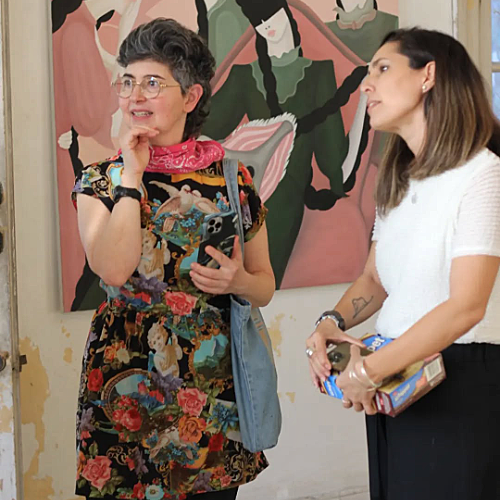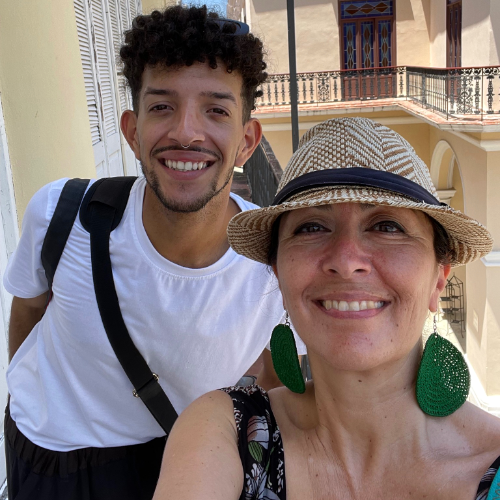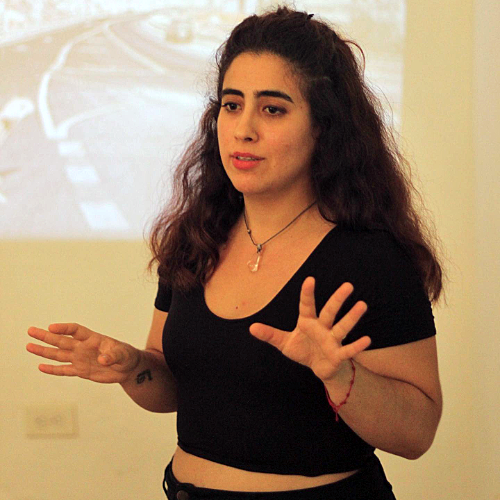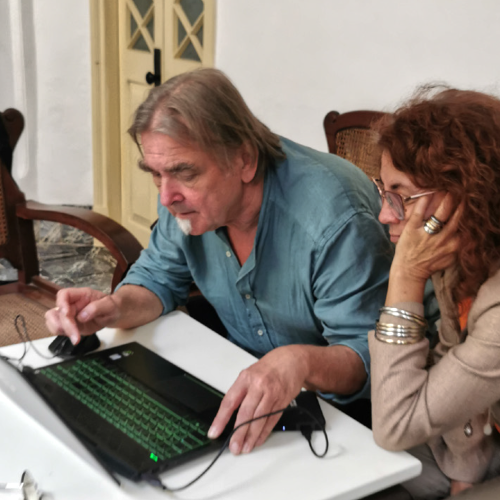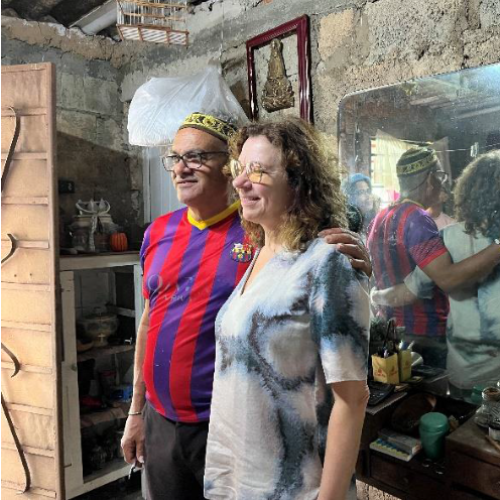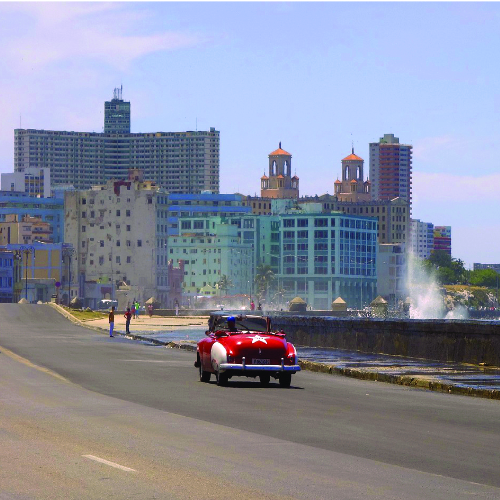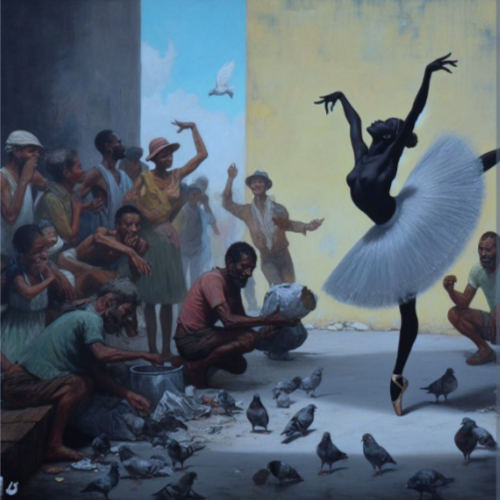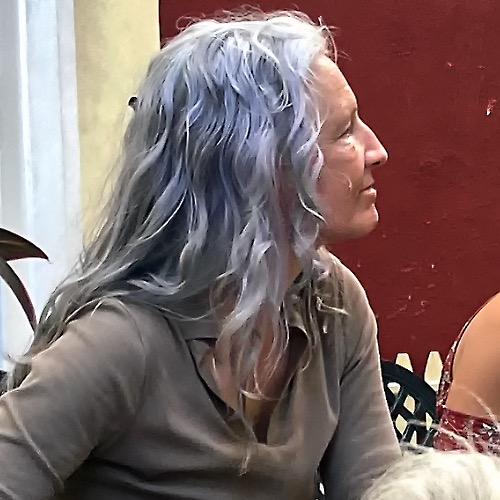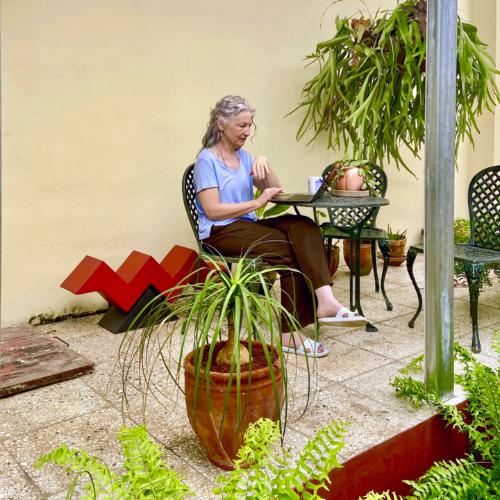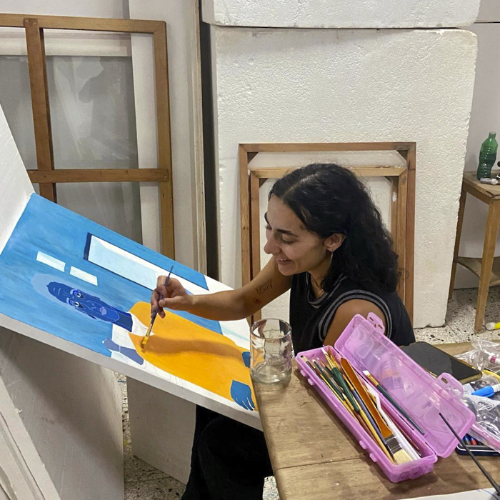I arrived here about a week ago and I’m not sure if I have recovered from the shock of discovering Havana. Randomly assemble Parisian hotels with Sovietic tenement houses, add splashes of turquoise and yellow, patches of jungle, and boat-size Chevrolets, sprinkle in many stray cats and then bombard the hell out this place, you’ve got Havana. Every time I go for a walk, it is like I’m stepping into a kaleidoscopic universe, where I can never gain sure footing (the fact that sidewalks are torn apart doesn’t help either). Havana is a crazy, surrealistic city, the ideal place to get inspiration for my next novel, that takes place in a parallel world, halfway between reality and a bad dream.

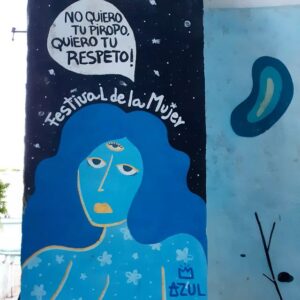
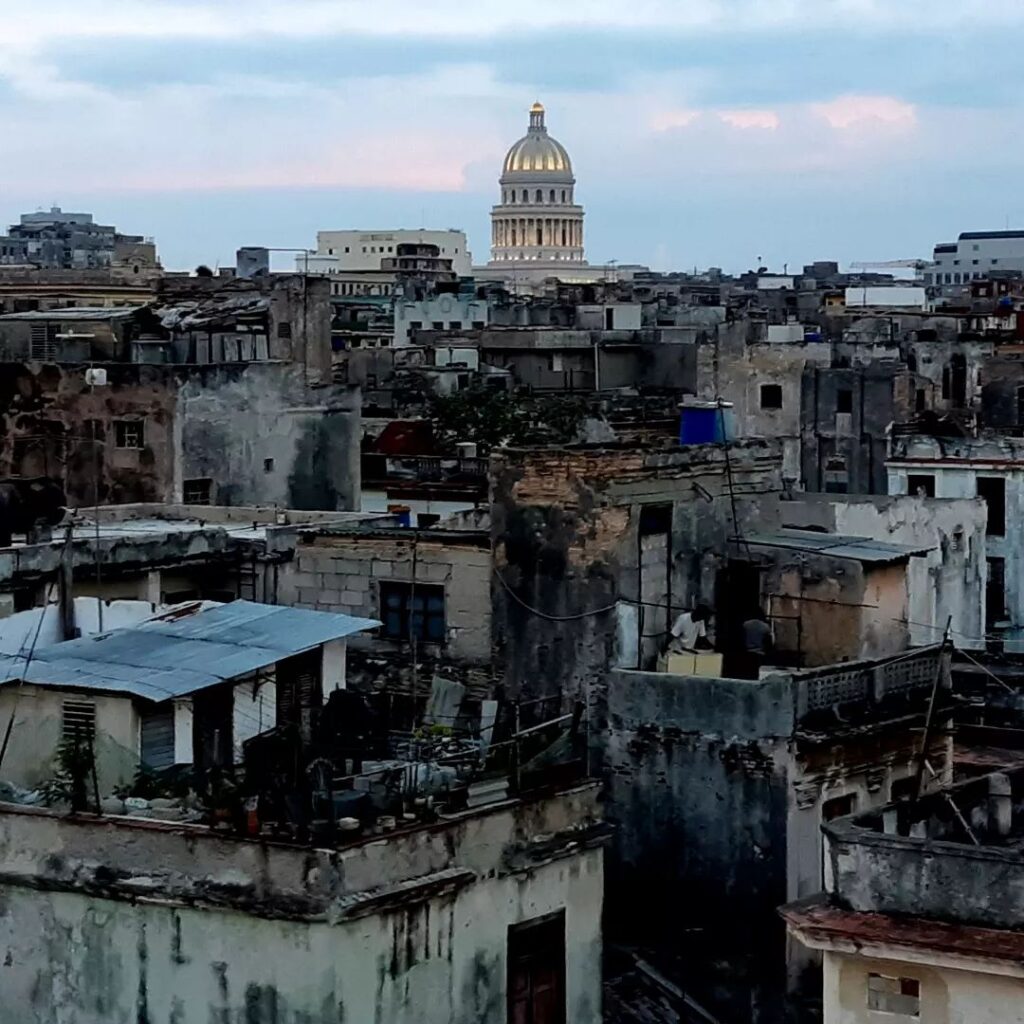
Fortunately, Unpack Studio offers a haven amidst this land of confusion. Between my green bedroom, the vast marble-floored hall and the cozy open-air court, I can find the tranquillity I need to write and read. This is a peaceful place, distractedly guarded by Ajax, the 6 month old husky, who acts as a playful, face-licking, crotch-diving, definitely harmless Cerberus. The staff has prepared a schedule that would befit a president more than a humble writer like me: meetings with artists, visits of art galleries and cemeteries, talks with professors, nothing has been spared to make sure I get the most out of this stay.

